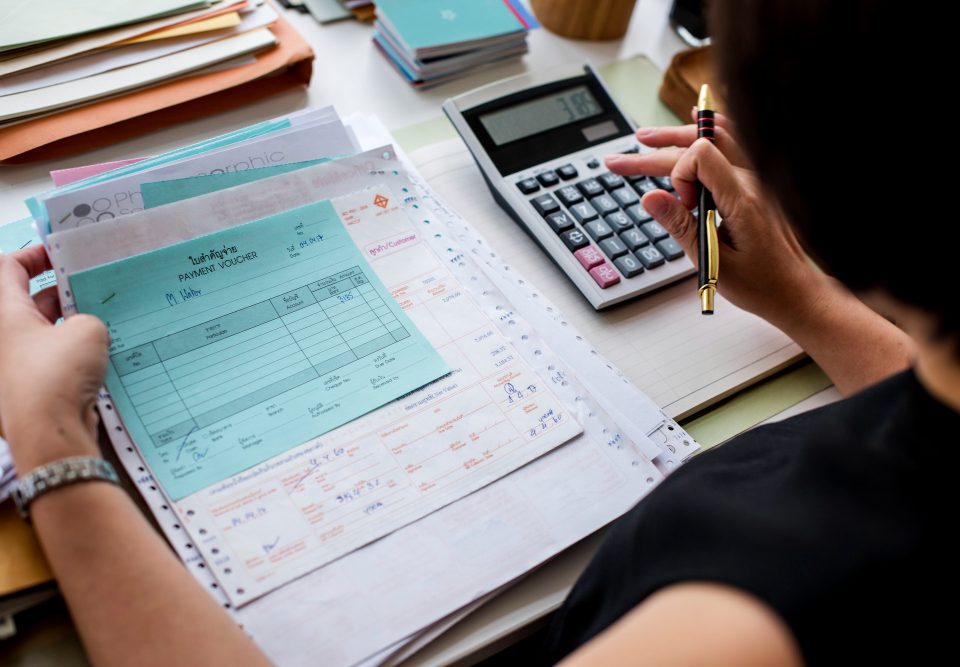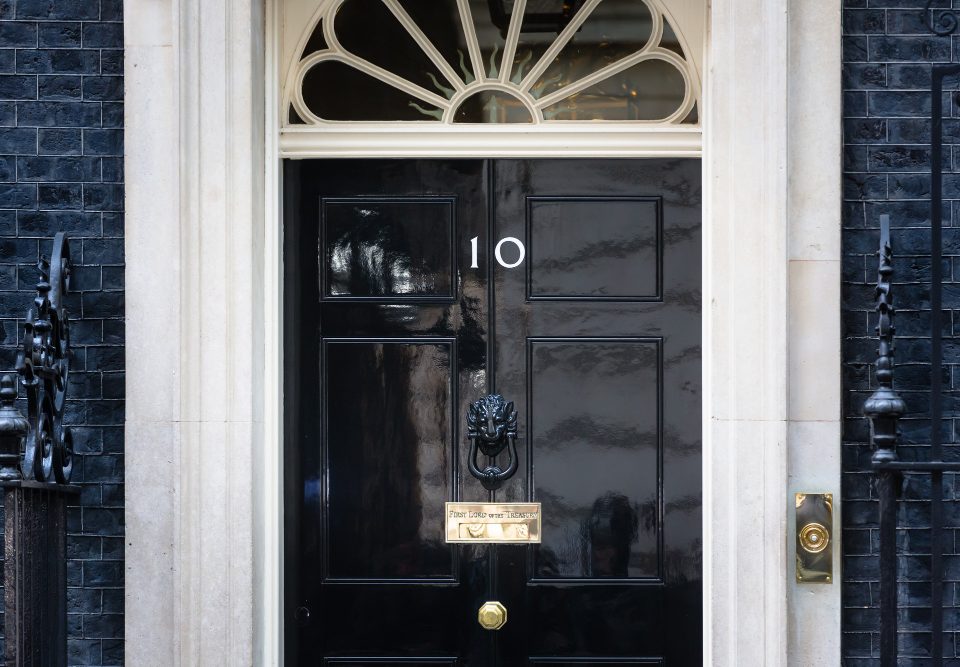When it comes to making the most of the entrepreneurial spirit, it’s safe to say the professional population in the UK has it down! From freelancing on the weekends to selling handmade products online to driving for a rideshare, – the list goes on – side hustles have become an increasingly popular way for people to earn some extra income on the side of their full-time job. Not only can it be a wonderful creative outlet or chance to make use of a particular skill, but a side hustle can also significantly boost your finances too.
Great as the extra income is, it’s important to remember your tax responsibilities. Understanding exactly how taxes work when it comes to secondary income sources like side hustles ensures you stay on the right side of HMRC and avoid unnecessary penalties.
In this blog, we’ll cover everything you need to know about side hustle tax, from key tax dates and tips on how to stay compliant to debunking widespread myths.
Do I need to pay tax on my side hustle?
The simple answer is yes. However…
It’s important to define ‘side hustle’. If you’re not selling goods or services and making money from your hobby or talent, you don’t need to worry about taxes. This blog only applies if you monetise your side-hustle. Some examples include:
- Online selling – through sites such as Vinted, Etsy, eBay, etc
- Personal services – such as tutoring, pet/house sitting, etc
- Rideshare or delivery services – like Uber, JustEat, etc
- Freelancing or consulting services – marketing, graphic design, copywriting, etc
This is just a small sample of the various side hustle jobs out there.
Regardless of whether your side hustle is part-time, full-time, or ad hoc, HMRC considers any income you earn from self-employment as taxable so if you make money from it, you’ll need to declare exactly that to HMRC.
Sometimes, people get tripped up by this because they haven’t received a formal payslip or tax statement like a P60 or P45. The bottom line is it’s your responsibility to keep track of earnings and report your total income earned through a self-assessment tax return. That includes cash transactions, payments made via online platforms like social media, and payments from friends or family.

Self-assessment tax returns
If you decide to run a side hustle, you’ll be classified as self-employed. That means you’re responsible for declaring your income and calculating and paying your taxes through an annual self-assessment tax return (SATR). To qualify as self-employed, you must meet one or more of the below criteria:
- You receive money from your side hustle on a regular basis
- Your side hustle earns more than £1,000 in one tax year
- You’re claiming business-related expenses
Even if you earn under £1,000, it’s a good idea to register for self-assessment with HMRC so as to avoid future problems. That way, you won’t have taxes deducted but you’ll be recording your income.
That being said, the government recently announced changes to the threshold allowance (see below for more info) which means that in the not-too-distant future, you will only need to register your side hustle for self-assessment and pay tax if you earn over £3,000 instead of £1,000.
Registering for self-assessment filing is a relatively easy process, the key is to register before the deadline to avoid unnecessary penalties. Head over to HMRC’s website for more details.
Side hustle tax: myth vs reality
There’s a lot of information out there online when it comes to side hustles and though some of it is useful, not every source is reliable. With internet platforms coming into the spotlight recently, some people are worried that they will receive penalties for minor transactions, such as selling an old t-shirt on Vinted.
While it’s correct that internet platforms will be keeping a closer eye on activity to keep local tax authorities updated about misuse or suspected tax avoidance, the general rules on the likes of Vinted tax, eBay tax, and other similar platforms haven’t changed. In summary, the average online platform seller will have nothing to worry about. Those who have been attempting to hide their activity (making large profits without declaring income, dropshipping, etc) might find HMRC come knocking if data they’ve been sent from the platforms doesn’t match their records.
If your side hustle income is significant, you may end up paying more in taxes. Here’s a breakdown of the amount of tax owed based on your income bracket. Remember, this takes into account your full-time job as well as your side hustle:
Personal allowance: up to £12,570 (0% tax)
Basic rate: £12,571 to £37,700 (20% tax)
Higher rate: £37,701 to £125,140 (40% tax)
Additional rate: Over £125,140 (45% tax)
Threshold allowance changes affecting side hustle tax
The current trading allowance is set at £1,000 and refers to the amount of money you’re able to earn before you start paying tax on your income. The trading allowance is used for casual services such as online selling, gardening, house sitting, etc. So, if your side hustle income is under £1,000 in a tax year, you may qualify for the trading allowance and be exempt from self-assessment.
However, change is on the horizon…
While the tax-free trading allowance of £1,000 will stay the same, the government has recently announced changes to the reporting threshold which will rise from £1,000 to £3,000. What does that mean? Those earning less than £3,000 won’t need to register for or submit a SATR. Those with taxable income below the £3,000 threshold will have the choice to report tax through a new digital reporting service or remain with the self-assessment.
This threshold increase is thought to benefit around 300,000 people with side-hustles, many of whom currently have to report their income through self-assessment but don’t pay any tax. The move to a higher threshold should eliminate the need for unnecessary paperwork and processes and allow those who supplement their income with side hustles to potentially grow their businesses too.
There are no set dates for this change just yet, but we’ll keep you informed with updates.

Key dates for side hustle tax
If you’re earning below the trading allowance, don’t worry, you don’t need to mark your calendar with important dates! If you’re side hustle income is over £1,000, you’ll need to mark your calendar with the following dates:
- 5th October: deadline to register for self-assessment. Must be done by the second tax year after you start your side hustle.
- 31st October: deadline for self-assessment tax return by post.
- 31st January: deadline for self-assessment tax return online. This is also the date by which you need to have paid any taxes owed.
Late filing can result in hefty penalties, so it’s always best to prepare ahead of time.
When it comes to actually reporting your income and expenses, the process is relatively simple. Once you’ve registered for self-assessment with HMRC, you’ll be sent a Unique Taxpayer Reference (UTR) within 10 days. This number is then used to set up your online account for tax return submissions and is used on your paperwork.
Side hustle ideas: how to monetise your hobby compliantly
For some, a side hustle is simply a way to help with finances while for others, it can be a true passion that leads to an entire career change. Whatever your motivations, side hustles can be a great way to make use of your skillset while earning some extra income. The important thing is that you do so compliantly.
Here’s a few tips on how you can make sure you monetise your hobby compliantly:
- Record in detail your payments and transactions – this will help you calculate if you’re over or under the trading allowance threshold at the end of the tax year
- Keep a folder with receipts and invoices – this will help with claiming allowable expenses on your SATR
- Open a separate bank account – keeping your personal and business finances separate can be a great way to keep track of income and spending which could serve you well further down the line if you run into any issues over paying tax
If you want more advice on how to stay on top of your side hustle taxes, feel free to reach out to our team who can help!
Vinted tax: selling on Vinted
We know there will be some eager Vinted sellers amongst you reading this blog. To put your mind at ease, we thought we’d dispel some common misconceptions about Vinted tax.
1) If the money you make on Vinted over a year is less than what you paid for the items then you don’t pay any tax.
2) The only time an item might be deemed taxable is if it’s sold for more than £6,000 and there is a profit from the sale.
3) You don’t need to worry about reporting tax or surpassing thresholds when you first start selling. If you reach the threshold for reporting tax, Vinted will reach out to you towards the end of the year to let you know.
Baa, helping with side hustle taxes
If you find the idea of wrapping your head around tax obligations, keeping accurate records, and filing tax returns too much to handle, that’s where we come in.
Baa is made up of a team of experts who are experienced in doing exactly that. From ensuring you meet your tax requirements to helping you file your self-assessment, we can help you take an organised and proactive approach that means you never get caught out by unexpected penalties.
Contact us today to start your side hustle journey compliantly!










